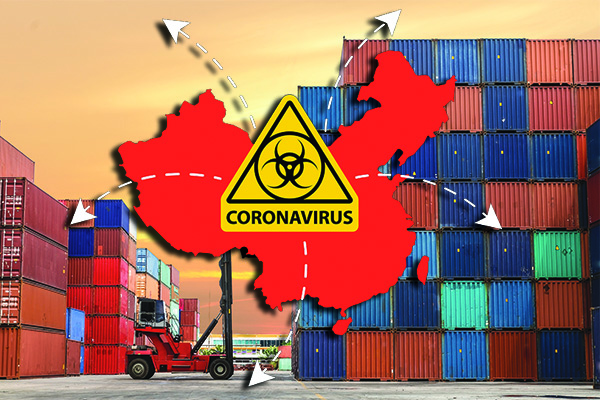As COVID-19 continues to challenge freight flows, a longtime logistics relief group is fighting back with an advanced visibility dashboard that it’s releasing free of charge to all U.S. businesses and non-profit organizations.
Earlier today, the American Logistics Aid Network (ALAN) launched the ALAN Supply Chain Intelligence Center (http://alanaid.org/map), which provides a cloud-based, real-time view of the latest COVID-19 impacts via an easy-to-use map.
The map includes the status of roads, ports and airports as well as the latest policy changes at national, state, local and county levels.
“Right now, organizations have to navigate a very fragmented landscape as they work to deliver essential commodities. And new policies with new supply chain consequences and opportunities seem to be unfolding faster than most groups can keep pace,” said ALAN Executive Director Kathy Fulton. “This tool is our ‘We’re all in this together’ answer to that challenge.”
The ALAN Supply Chain Intelligence Center is provided by ALAN as a free-access layer on the Riskpulse platform, a tool used by many global companies and government entities to visualize and analyze supply chain risk. ALAN has mobilized a team of volunteers who update the dashboard daily from the many disparate government sources that share closure or waiver information.
“During disasters like this, few things are more important than accurate visibility to the situation on the ground. But getting that visibility often puts a huge burden on organizations at a time when they’re already overloaded,” said Fulton. “Now, rather than numerous entities across the country working overtime to collect and analyze the same critical pieces of information, this dashboard will serve as a single, unified source.
“We’re thankful it was ready in time to be of use during this pandemic and hope it will pave the way for better and faster response during all future crises – expediting the delivery of medical supplies, food, and hydration. And we’re grateful to Riskpulse for making it possible.”
Fulton noted at last year’s USC’s7th Annual Global Supply Chain Excellence Summit that obtaining“actionable information” into the hands of the small and medium sized supply chain services providers is also key.
“This is especially true for those who don’t have time or resources to manage a full disaster or humanitarian response program,” she added. “We recently launched our portal with information that can both help those businesses better prepare. It also provides a snapshot for managers to quickly reach organizations empowered with direct disaster action.”
SC
MR


Latest Supply Chain News
Latest Podcast

 Explore
Explore
Business Management News
- Strengthening customer fulfillment: Building a strategic stakeholder network
- The hard job of teaching soft skills
- Trump picks former Wisconsin congressman Sean Duffy for DOT secretary
- Made in Mexico, manufactured by China
- Retail sales see gains in October, reports Commerce and NRF
- Balancing green and speed: Home delivery insights from the pandemic era
- More Business Management
Latest Business Management Resources

Subscribe

Supply Chain Management Review delivers the best industry content.

Editors’ Picks





